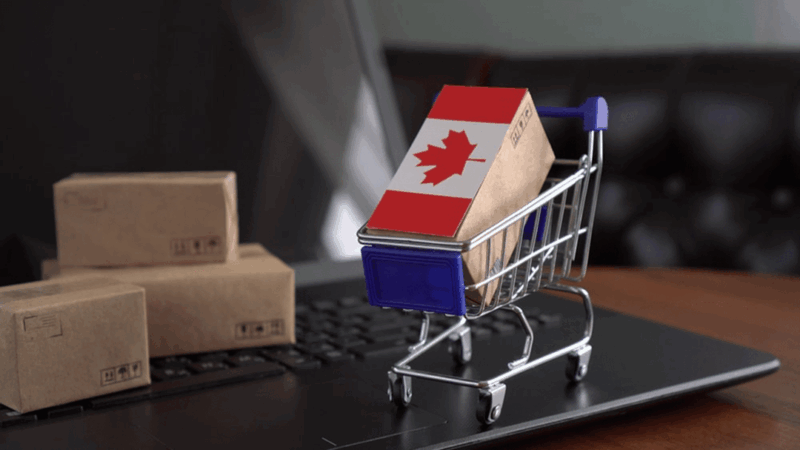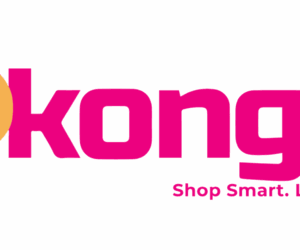Canadian shoppers expect fast delivery, discreet packaging, and clear information when buying regulated goods online.
The country’s legal cannabis market forced ecommerce teams to solve tough problems in age-gating, payments, logistics, and customer education.
Established dispensaries in Canada, such as The Herb Centre, illustrate how regulated ecommerce can scale with consistent delivery windows, transparent reviews, and reliable stock control.
Their operating choices offer useful patterns for African founders and product teams exploring high-compliance verticals.

Start with the rules, then design the journey
Canada’s legal framework sets the guardrails for age verification, product labeling, and marketing claims. Teams there build the user journey around those rules rather than bolt them on at the end. That means age gates at entry, ID checks at checkout where required, and clear disclosures on product contents.
For Nigerian operators working in any regulated category, the lesson is to map every compliance step to a visible product or UX element.
If your category requires age limits, add an up-front confirmation and a second check near payment. If disclosures are required, surface them on the product page and include them in order emails. Make the rule visible, not hidden in a footer.
Checkout and payment that reduce risk without killing conversion
Regulated categories have higher fraud and chargeback risk. Canadian dispensaries counter that with simple, low-friction controls. Address verification, order-value thresholds for extra checks, and clear refund rules are standard. The goal is not to scare buyers, it is to create confidence.
Keep forms short, show accepted payment methods early, and be explicit about processing times. Publish a plain-language policy page that explains refunds, replacements, and shipping delays. When buyers know what to expect, support volume falls and conversion steadies.
Speed, privacy, and predictability in last-mile
Delivery expectations in Canada set a predictable bar. Many shops target one to three business days domestically, then communicate cut-off times, public holidays, and regional delays.
Discreet packaging and real-time tracking are part of the promise. A buyer can refresh a link and see where the parcel is.
You can adapt that model to your market conditions. Start with two shipping tiers, standard and express, and publish realistic windows. Use neutral packaging and give tracking links that actually update. If a route is prone to delay, warn buyers at checkout before they pay. Predictability is more valuable than optimistic timelines.
Merchandise like a specialist, not a supermarket
Canadian dispensaries win trust with category depth and clarity, not with endless aisles. They group products into clear families such as flowers, concentrates, and gummies, then let shoppers filter by strength, format, and price. Product pages contain ingredients, origin where available, and storage notes. Reviews mention effects and quality signals in plain terms.
Apply the same logic to any complex catalog. Decide the two or three attributes that matter most to buyers, then build filters and comparison blocks around them. Create one consistent product page template and use it for the whole store. Avoid vague labels. Plain facts move shoppers forward.
Reviews, education, and retention built on first-party data
In a regulated category, education is part of the product. Canadian stores publish explainers that cover formats, onset times for edibles, and safe storage.
They send post-purchase emails that ask for reviews after delivery is confirmed, not before. Loyalty tokens or store credits reward repeat orders, and the criteria are simple and transparent.
Treat content as a service channel. Write short, factual pages that answer the top five buyer questions for each product type.
Use those pages in support replies and link them from product pages. Ask for reviews only after delivery scans are complete.
Reward returning customers with small, understandable benefits such as free standard shipping after a set number of orders.
Measure what improves trust
Teams in Canada track a small set of metrics that map to trust. On-time delivery rate, percentage of orders with active tracking, time to first reply from support, and verified review rate are common. These are the numbers buyers actually feel.
Pick four trust metrics and publish internal targets. For example, 95 percent of parcels with tracking events within 24 hours, average first reply under one business hour during the day, and a verified review on at least 15 percent of fulfilled orders. Improve the systems behind those numbers and you will see repeat purchase rate rise.

Final Thoughts
A tightly regulated market like Canada’s shows that high-trust ecommerce depends on visible rules, honest timelines, and clear information.
Build the journey around compliance, make shipping predictable, merchandise with clarity, and measure trust the same way every week.
The result is steadier conversion, fewer support tickets, and customers who come back.








